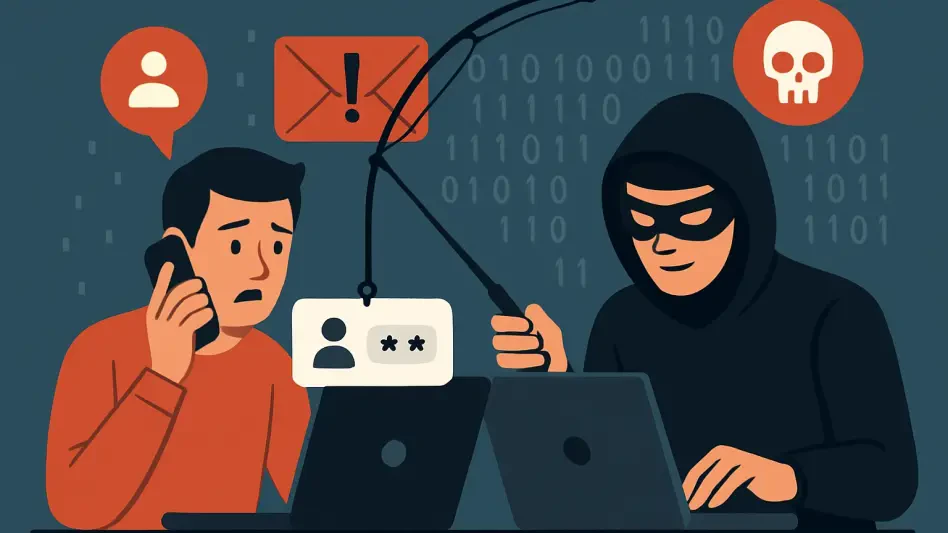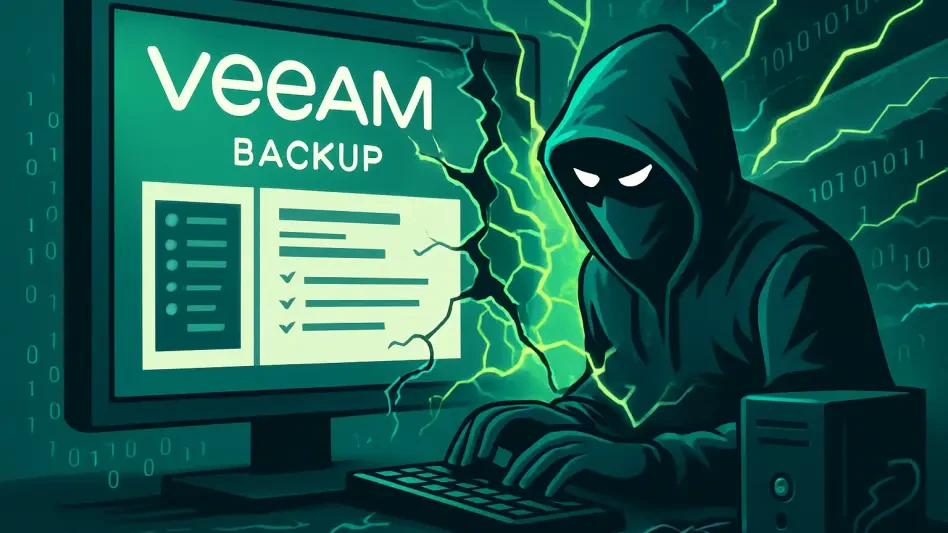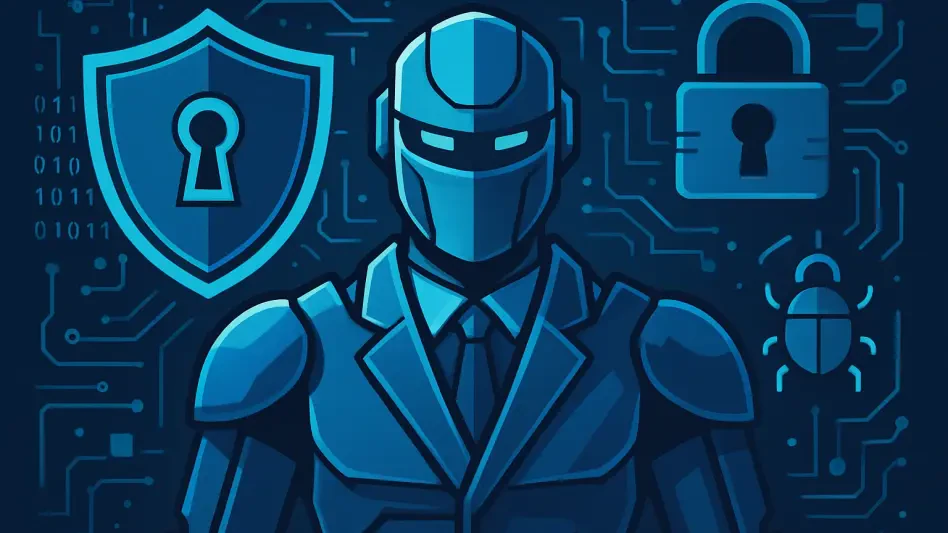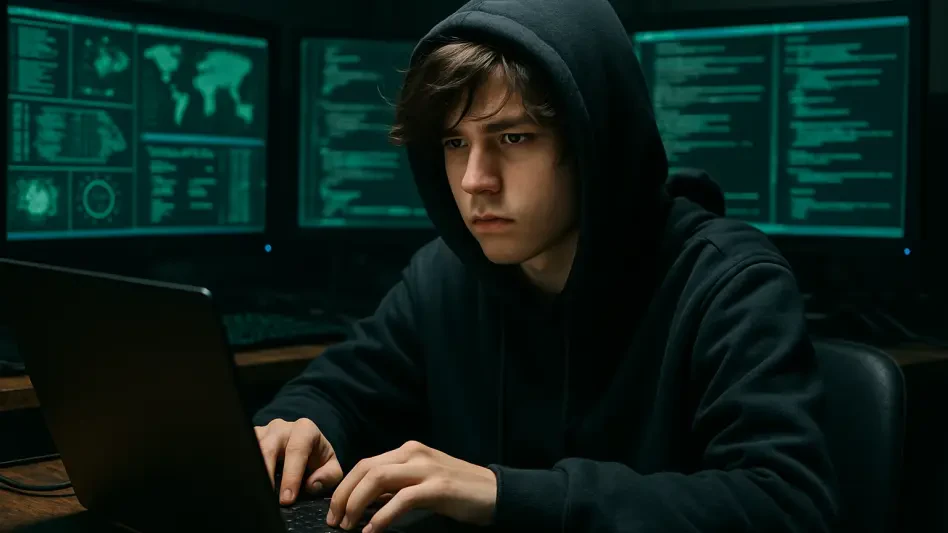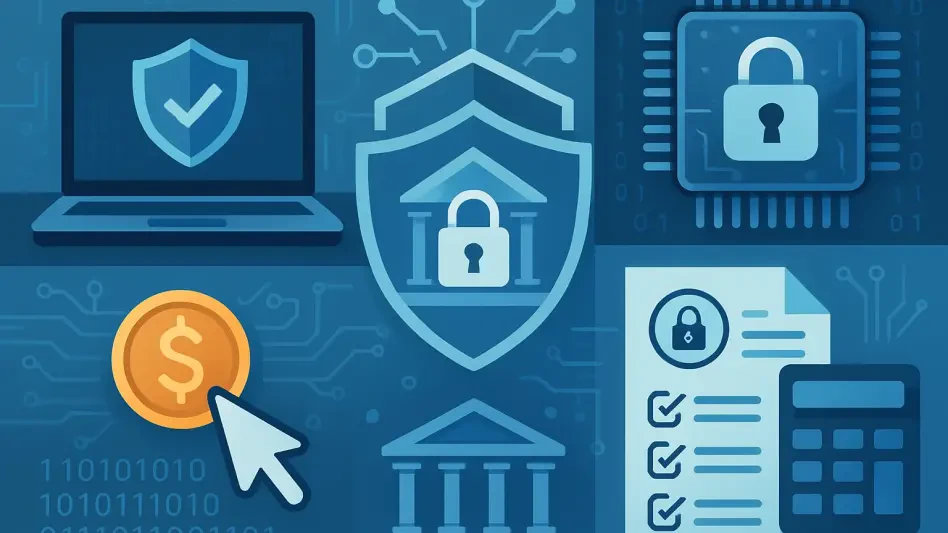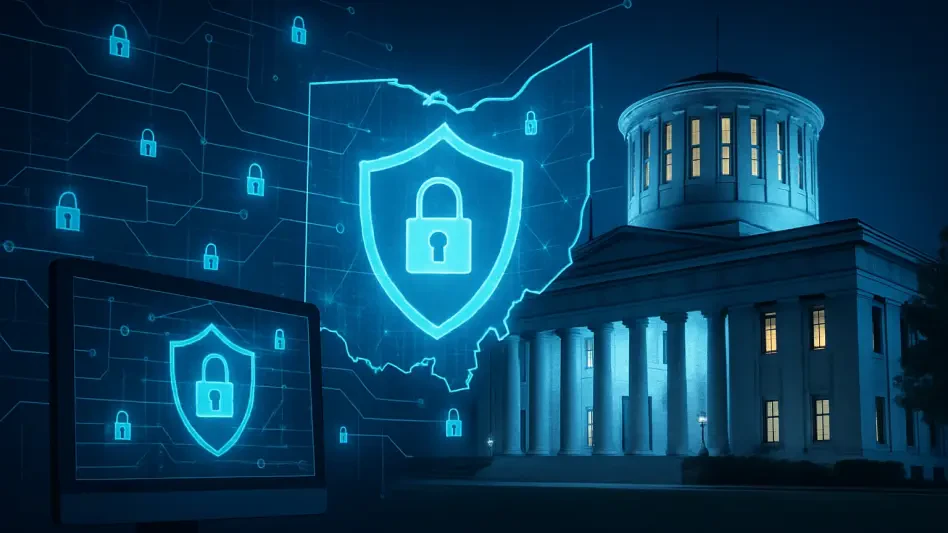In an unsettling turn of events, Elon Musk’s social media platform X, formerly known as Twitter, fell victim to a significant cyberattack that disrupted services for millions of users worldwide. The attack, which utilized distributed denial-of-service (DDoS) tactics, raised concerns about the platform’s cybersecurity resilience. Initially, Musk speculated that the attack might have originated from Ukraine, suggesting a potential state-backed cyber operation. However, the hacker group Dark Storm Team later claimed responsibility for the disruption, denying any connection to Ukraine.
The Attack and Its Immediate Impact
Early Morning Outage and Global Confusion
The cyberattack began early in the morning, triggering widespread accessibility issues for users around the globe. Reports indicate that by 10am ET, over 40,000 user complaints had been registered, highlighting the extensive reach of the disruption. The platform’s engineers worked relentlessly to mitigate the impact, and by 5pm ET, they had reestablished control, dramatically reducing user issues. Nevertheless, the sheer scale of the attack and its coordination underscored the vulnerabilities even major platforms face in the digital age.
Dark Storm Team’s pronouncement of responsibility further muddled the situation. Known for its pro-Palestinian activism, the group’s involvement hinted at motivations more aligned with political statements rather than geopolitical conflicts. Despite lacking confirmed ties to Ukrainian cyber actors, the group’s actions complicated the narrative. The initial confusion about the direction of the attack underscored the intricate web of possibilities in modern cyber warfare where attributions are seldom straightforward.
Speculations About State Involvement
Elon Musk’s immediate speculation about the attack’s roots in Ukraine opened a Pandora’s box of potential motivations and backers. Musk’s recent tensions with Ukrainian President Volodymyr Zelensky, especially after Musk’s comments about the significance of his Starlink network to the Ukrainian military’s operations, added another layer of complexity. The timing of the attack seemed too coincidental to be ignored, prompting a wave of speculation that Musk’s outspoken stance might have provoked a retaliatory strike.
However, cybersecurity experts urge caution in drawing quick conclusions about the origins of such attacks. The intricate dynamics of cyber operations often involve using proxies to mask the true source, complicating efforts to trace back to the original perpetrators. This recent incident vividly illustrates the challenges inherent in pinpointing the architects of complex cyberattacks, especially when politically charged motivations are suspected.
Broader Implications and Context
Strained U.S.-Ukraine Relations
The backdrop of this cyberattack includes already strained relations between the United States and Ukraine, with recent diplomatic efforts reflecting this tension. Notably, a high-stakes meeting between former President Trump and President Zelensky reportedly ended poorly, leaving a lingering chill in bilateral engagements. Moreover, recent mishaps and policy shifts have caused U.S. support for Ukraine to appear more tenuous, further complicating the diplomatic landscape.
This deteriorating relationship has significant ramifications for cybersecurity and international alliances. As U.S. support wavers, Ukraine may look to bolster its cybersecurity defenses independently, potentially leading to more aggressive cyber postures. However, linking the X platform attack directly to such geopolitical tensions remains speculative without concrete evidence. The juxtaposition of the attack with strained political relations serves as a reminder of the multifaceted nature of modern cyber conflicts where technology and statecraft continually intersect.
Challenges of Cyber Attribution
Attributing the roots of the DDoS attack proves exceptionally daunting due to the nature of such operations involving layers of anonymization and proxies to obscure the true source. Experts underline the importance of avoiding hasty conclusions about the perpetrators. This complexity is amplified by groups like Dark Storm Team, which operate on ideological motivations rather than clear geopolitical affiliations. Notably, Dark Storm Team’s usual focus targets entities perceived to support Israel’s actions in Gaza, aligning their digital machinations more with activism than state-directed objectives.
Understanding the true origins of cyberattacks like this involves sophisticated forensics and often international cooperation. Given the sensitive timing and Musk’s polarizing comments, attributing the attack to state actors or politically motivated groups underscores the need for strategic caution. As cybersecurity continues evolving, the challenge for experts and platforms alike is balancing proactive defense measures with unraveling the often enigmatic threads of cyber assaults.
Future Considerations and Actions
Impact on X Platform and Users
Since Musk’s takeover, the X platform has faced a slew of cyber threats and technical problems. However, this recent attack stands out as one of the most alarming incidents, impacting its 600 million users globally. Despite the platform’s rapid recovery, the assault has significantly tarnished its image and raised critical questions regarding its cybersecurity protocols. For users, the attack serves as a stark reminder of the vulnerabilities inherent in digital platforms, urging them to remain vigilant and proactive about personal data security.
The event poses broader implications for technology companies, prompting a reevaluation of their cybersecurity measures. Ensuring robust defenses against increasingly sophisticated attacks is imperative for maintaining user trust and platform integrity. As such, X and similar platforms must not only fortify their defenses but also invest in public education on cybersecurity best practices, fostering a more cyber-aware user base.
Navigating Cyber Conflicts
In an unsettling turn of events, Elon Musk’s social media platform X, formerly known as Twitter, fell victim to a significant cyberattack that disrupted services for millions of users worldwide. The incident employed distributed denial-of-service (DDoS) tactics, highlighting major concerns about the platform’s cybersecurity strength. Initially, Musk speculated the attack might have originated from Ukraine, suggesting a possible state-backed cyber operation. Nevertheless, the hacker group Dark Storm Team eventually claimed responsibility for the disruption, firmly denying any connection to Ukraine. This situation has fueled further debates about the security measures in place to protect social media platforms and raised questions about the ability of large-scale networks to defend against sophisticated cyber threats. As the online community grapples with the aftermath, it underscores the increasing necessity for robust cybersecurity protocols to safeguard digital infrastructures worldwide.


